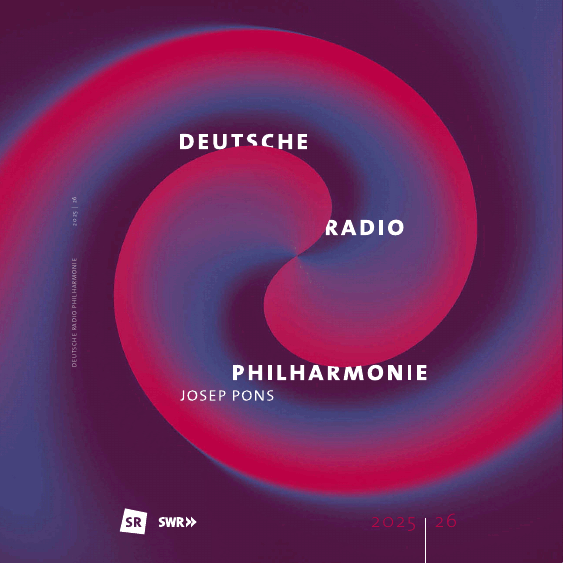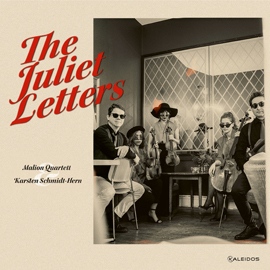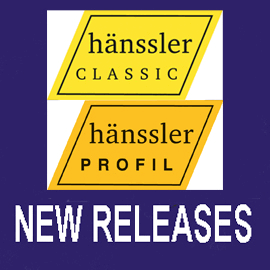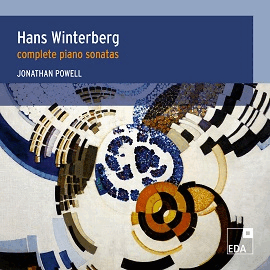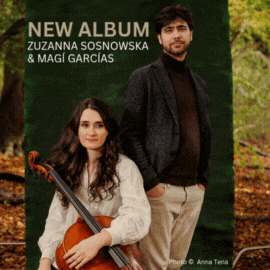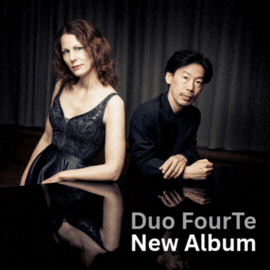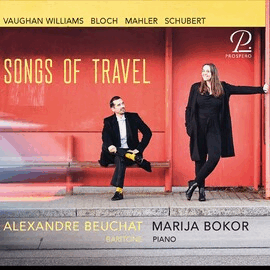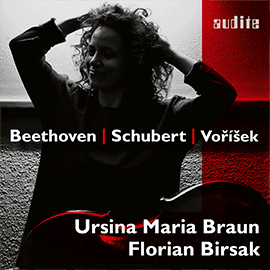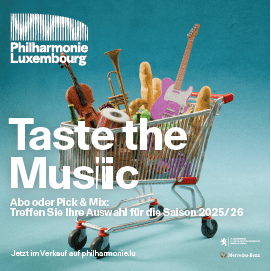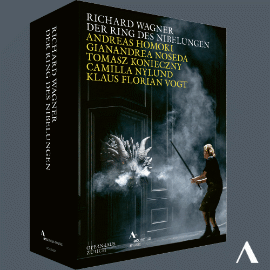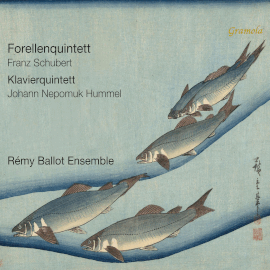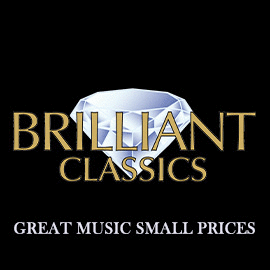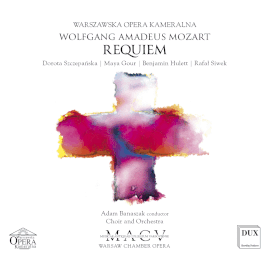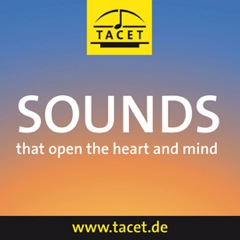At the age of seventy-four, and after seventy years at the piano, Nelson Freire has won the Lifetime Achievement Award of the International Classical Music Awards, which he will receive at ICMA's Gala in Lucerne on 10 May. Child prodigy, endowed from his beginnings with an astonishing virtuosity, his trajectory has been built on freedom and interpretative class, with a combination of technique and intelligence like it can be found with very few pianists. Assuming that all this has come to him, and that his role has been limited to that of being faithful to those innate qualities, the conversation with the great Brazilian artist - who speaks in a very low voice, with a cadence that suggests both discretion and sharpness - runs, with warm calm, in a dressing room of the Palacio de la Opera de La Coruna, in full rehearsals of his concerts with the Orquesta Sinfonica de Galicia. We publish an interview from the Spanish ICMA Jury member Scherzo, done by Luis Sunen.
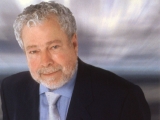
Nelson Freire
(c) Fabrice Boissière
You are awarded with the ICMA Liftetime Achievement Award and yet, alongside your predecessors in the award, Menahem Pressler, still active, or Aldo Ciccolini, who played until almost the moment of his death, you are a child …
Well, a child… I remember my childhood often, I remember a lot of the past, but when it comes to music I always look forward. I have had several lives. I would say as many as seven different lives, each very recognizable, sometimes with radical changes and they are like a sum that gives a whole life, mine. One, but well divided into seven parts. Read More →
The very first of ICMA's Composer Award goes to the Spanish composer Francisco Coll (*1985).Coll was formed in Valencia and Madrid, but in 2009 he became the only private student of British composer Thomas Adès. He completed his studies at the prestigious Guildhall School while beginning an impressive international career as a composer with commissions for the London Symphony, the Los Angeles Philharmonic, Ensemble Intercontemporain and the London Sinfonietta, among others. Pablo L. Rodríguez from the Spanish ICMA Jury member Scherzo made the following interview with the awardee in his current hometown Lucerne (Switzerland).
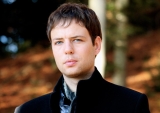
Francisco Coll
How does one become a composer today?
In reality, I never thought about being a composer. In my case it was completely irrational. I remember perfectly the first time I wanted to compose something. I was tired of hearing the same thing from my Walkman and I chose to record something created by myself with instruments that I could play. Read More →

Maxim Emelyanychev
© Jean-Baptiste Millot
For his Mozart album, Maxim Emelyanychev won an ICMA Award 2019 in the category Solo Instrument. Born in 1988 to a family of musicians, Maxim Emelyanychev first studied conducting at the Nizhny Novgorod Music School then continued his education in the conducting class of Gennady Rozhdestvensky at Moscow’s State Tchaikovsky Conservatory and in the fortepiano and harpsichord class of Maria Uspenskaya. He made his conducting debut at the age of 12 and has since then conducted both baroque and symphonic orchestras. He became chief conductor of Il Pomo d’Oro in 2016 and will be principal conductor of the Scottish Chamber Orchestra, effective with the 2019–2020 season. In parallel he pursues a career as pianist and harpsichordist. Olga Kordyukova from Radio Orpheus made the following interview with him.
Please accept my congratulations for the ICMA Award 2019. What does it mean for you?
I am very grateful that the members of the Jury listened to my recording and gave it such a high assessment. It is a great pleasure, thank you very much!
Definitely, musicians play for the sake of music itself and for the sake of the audience coming to the concerts. Recording is something different. Read More →
Young Russian pianist Eva Gevorgyan has already played on many prestigious stages. A student of the Central Music School in Moscow and a scholarship holder of the International Music Academy in Liechtenstein, she has won prizes at various competitions as well as the Discovery Award 2019 of the International Classical Music Awards (ICMA). Jury member Evgenia Krivitskaya from the Russian magazine Musical Life has made the following interview with the ambitious young pianist.

ICMA Discovery Award winner Eva Gevorgyan is one of the finalists
What did you feel when you received the news about the the ICMA award?
Joy and happiness! To be able to perform with the Lucerne Symphony Orchestra is a great event for any musician. This award should definitely be the impulse for my further development. Read More →
La pianiste française Chantal Stigliani vient de publier son enregistrement du Premier Livre du Clavecin Bien-Tempéré de Jean-Sébastian Bach. Alain Steffen a rencontré l'artiste pour un entretien.
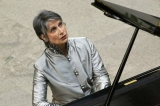
Chantal Stigliani
Selon vous, quelle importance occupe cette pièce monumentale dans l’œuvre de Bach?
Pour moi le clavier bien tempéré est l’œuvre la plus importante pour clavier des années de Cöthen, aboutie après les prémices commencés à Weimar dans le Clavier-Büchlein de Friedemann. Elle démontre toutes les qualités de Jean-Sébastien Bach, son désir de pédagogie, sa recherche de forme contrapunctique en jouant avec toutes les combinaisons possibles, les imitations, les miroirs, les canons, les strettes, etc., son talent d’architecte pour construire tout en donnant vie à cette écriture savante, son intelligence, sa curiosité, son audace mais aussi la force de son talent à exprimer les passions et la spiritualité! Read More →
German cellist Christoph Heesch won an ICMA Award in the category Concertos with his CD Golden Age - Cello 1925. Born in Berlin in 1995, he started to play the cello at the age of six, and began attending the Julius-Stern-Institut in 2005. From 2008 to 2015 he studied with Jens Peter Maintz, and since 2015 with Wolfgang Emanuel Schmidt, both at Berlin University of the Arts. He also received a scholarship from the International Academy of Music in Liechtenstein. Christoph Heesch has won several prizes, among them the Fanny Mendelssohn Förderpreis, a special prize allowing him to have his own CD produced by Genuin. As a prize-winner of the 25th competition of the Deutsche Musikinstrumentenfonds, he plays a Montagnana cello from 1722, on loan through a trust from a family from London. Remy Franck made the following interview with the young cellist.
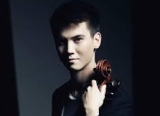
Christoph Heesch
You won the ICMA Award 2019 in the category Concertos with your CD Golden Age – Cello 1925. How did you end up with this program?
I have always been fascinated by the variety of genres during the Twenties. Despite political unease especially during that period, musicians, composers and artists in general dared to be creative more than ever before and even defined a lot of new styles and artistic genres. Read More →
In jedem Jahr nominiert die 'European Concert Hall Organisation' talentierte Nachwuchsmusiker und ermöglicht Ihnen Auftritte in den besten Konzerthäusern Europas. Zu hnen gehört die französische Harfenistin Anaïs Gaudemard (*1991). Sie hat innerhalb kurzer Zeit mehrere Preise gewonnen, was ihr erlaubte mit namhaften Orchestern aufzutreten. Nach einer CD mit Harfenkonzerten von Ginastera, Debussy und Boieldieu erscheint jetzt ihre neue CD 'Solo'. Alain Steffen traf die Musikerin zu einem Gespräch.
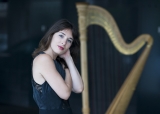
Anaïs Gaudemard
Anaïs Gaudemard, die meisten jungen Musiker, die eine Solo-Karriere anstreben, entscheiden sich für Instrumente wie die Geige, das Cello oder das Klavier. Sie aber haben für sich die Harfe gewählt.
Ja, und ich bin sehr, sehr glücklich mit dieser Entscheidung. Eigentlich habe ich zwei Instrumente parallel studiert, die Harfe und das Klavier. Und irgendwann hat mein Bauchgefühl mir gesagt, dass die Harfe mein Instrument werden soll. Read More →
Fumito Nunoya darf man ohne Übertreibung als einen der international besten Marimbaspieler betrachten. Aber dem Japaner geht es um viel mehr als eitle virtuose Selbstdarstellung auf dem Instrument. Nunoya möchte die Ausdrucksmöglichkeiten erweitern, in dem er dieses traditionell schon uralte Schlaginstrument für neue musikalische Kontexte öffnet. Mit dem Mannheimer Kurpfälzischen Kammerorchester unter Johannes Schlaeflis Leitung stieß er auf überaus hellhörige Partner für seine jüngste CD. Er erschließt unter anderem ein Flötenkonzert von Vivaldi für die Welt der Malletts und Schlegel. Mit Stefan Pieper sprach Nunoya über die Kunst des 'Musikalischen Atems'. Dass ein verantwortungsvoller Musiker immer an sein Publikum denken sollte, war ebenfalls ein zentrales Thema in diesem Gespräch.
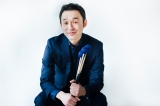
Fumito Nunoya
(c) Claudia Hansen
Wir haben uns ja schon vor zwei Jahren bei Ihrem Piazzolla-Projekt gut unterhalten. Was hat sich bei Ihnen seitdem getan?
Die neue CD, bei der auch wieder der Pianist Benyamin Nuss mitwirkt, markiert eine Zwischenstation, denn wir sind schon wieder an der nächsten Veröffentlichung dran. Wir haben noch viel vor. Ich freue mich, dass sich meine Karriere als solistischer Marimbaspieler so gut weiter entwickelt. Und es ist für mich gut, in Deutschland zu leben und zu arbeiten. Read More →
Der Geiger Mikhail Pochekin ist glücklich, dass das 21. Jahrhundert die Menschen besser zusammenbringt. Man kann mal eben nach Moskau telefonieren und lange reden. Soeben ist der Geiger, der zurzeit in Österreich wohnt, auf einer kleinen Konzerttournee in Moskau, Sankt Petersburg und Jekaterinburg unterwegs. Dass zwischen jedem Ort circa 1000 km liegen ist Normalzustand in Russland - wo in Mitteleuropa schon Wege von 300 km zwischen Aufführungsstätten als 'weit' angesehen werden. Aber die Gemeinsamkeiten überwiegen – etwa wenn es um die Liebe zu Johann Sebastian Bachs Musik geht! Der 28-Jährige hat soeben Johann Sebastians Bachs Sonaten und Partiten BWV 1001-1006 eingespielt, das Studio-1 des Moskauer TV und Radio Hauses bot für dieses Unterfangen den idealen Klangraum. Fast zehn Jahre hatte Pochekin dieses Projekt im Kopf. Im Gespräch mit Stefan Pieper macht er seinen eigenen, tiefen Bezug deutlich.

Mikhail Pochekin
Obwohl die CD erst ein paar Tage raus ist, gab es schon ein beachtliches Medienecho. Lesen Sie Kritiken?
Ich spiele ja Musik für ein Publikum und bin immer neugierig zu erfahren, was das Publikum denkt. Und die Kritiker sind auf jeden Fall ein Teil des Publikums.
Deswegen ist es für mich immer interessant, in Ruhe alle Reviews zu lesen. Read More →
For the Trio con Brio Copenhagen, recognised as one of the finest piano trios in the world, the year 2019 will mark their twentieth anniversary. At this pccaison Orchid Classics is releasing their multi-volume traversal of the complete Beethoven Piano Trios. The two first volumes were published in 2018, vol. 3 will follow in May 2019. James Inverne spoke with the Trio's pianist Jens Elvekjaer.
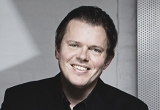
Jens Elvekjaer
(c) Nikolaj-Lund
You have referred to the coming-together of the Trio con Brio Copenhagen as the bringing together of “two pairs”. Meaning, of course, the sisters, Soo-Kyung Hong (cello) and Soo-Jin Hong (violin); and then the husband and wife pair of yourself with Soo-Kyung. How did that evolve?
Of course, the sisters had played together since childhood, then of course a husband-and-wife relationship is special in its own way, and so we all had these dynamics of unique understandings. Read More →



